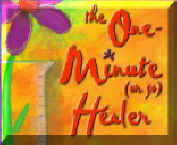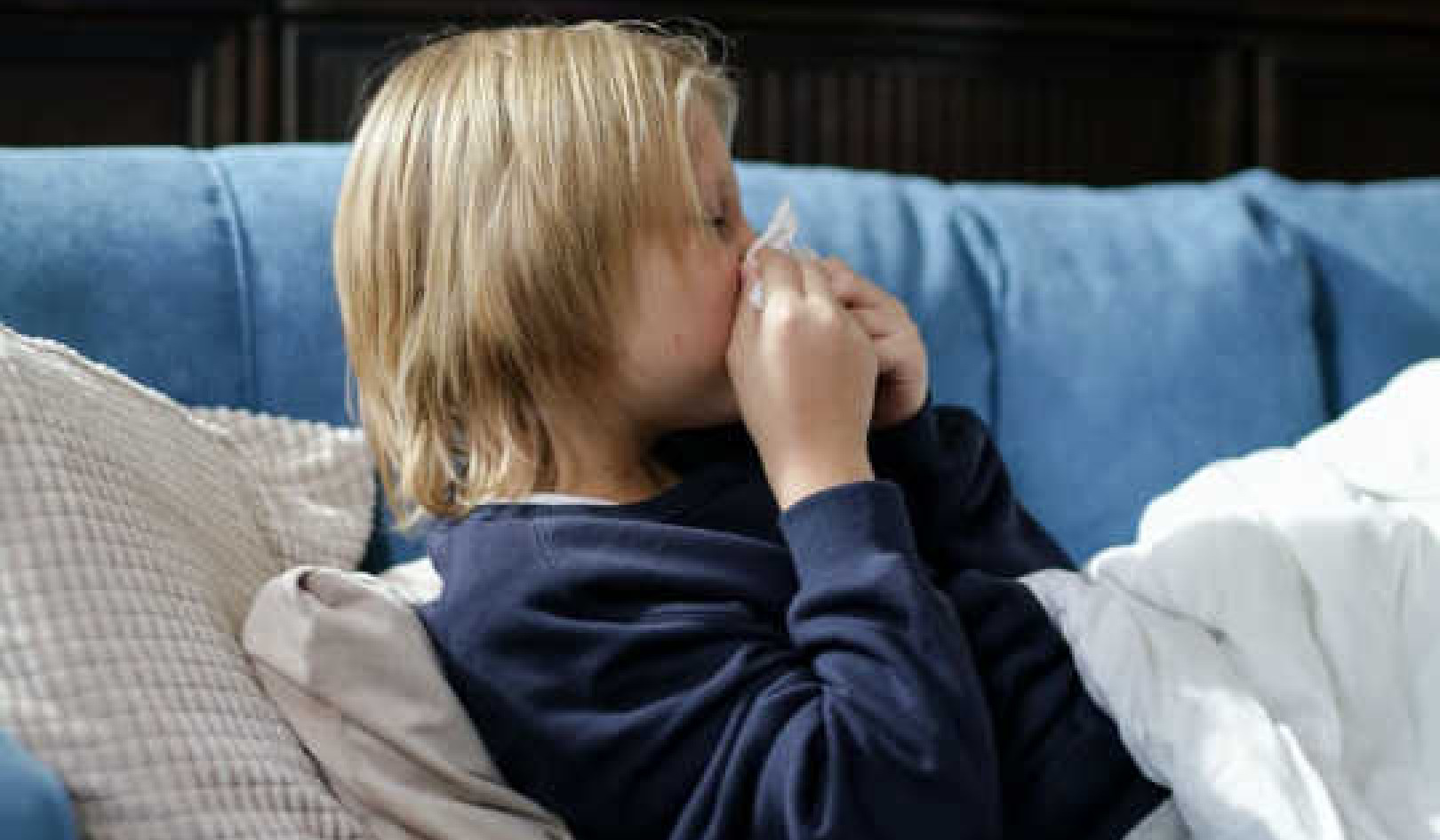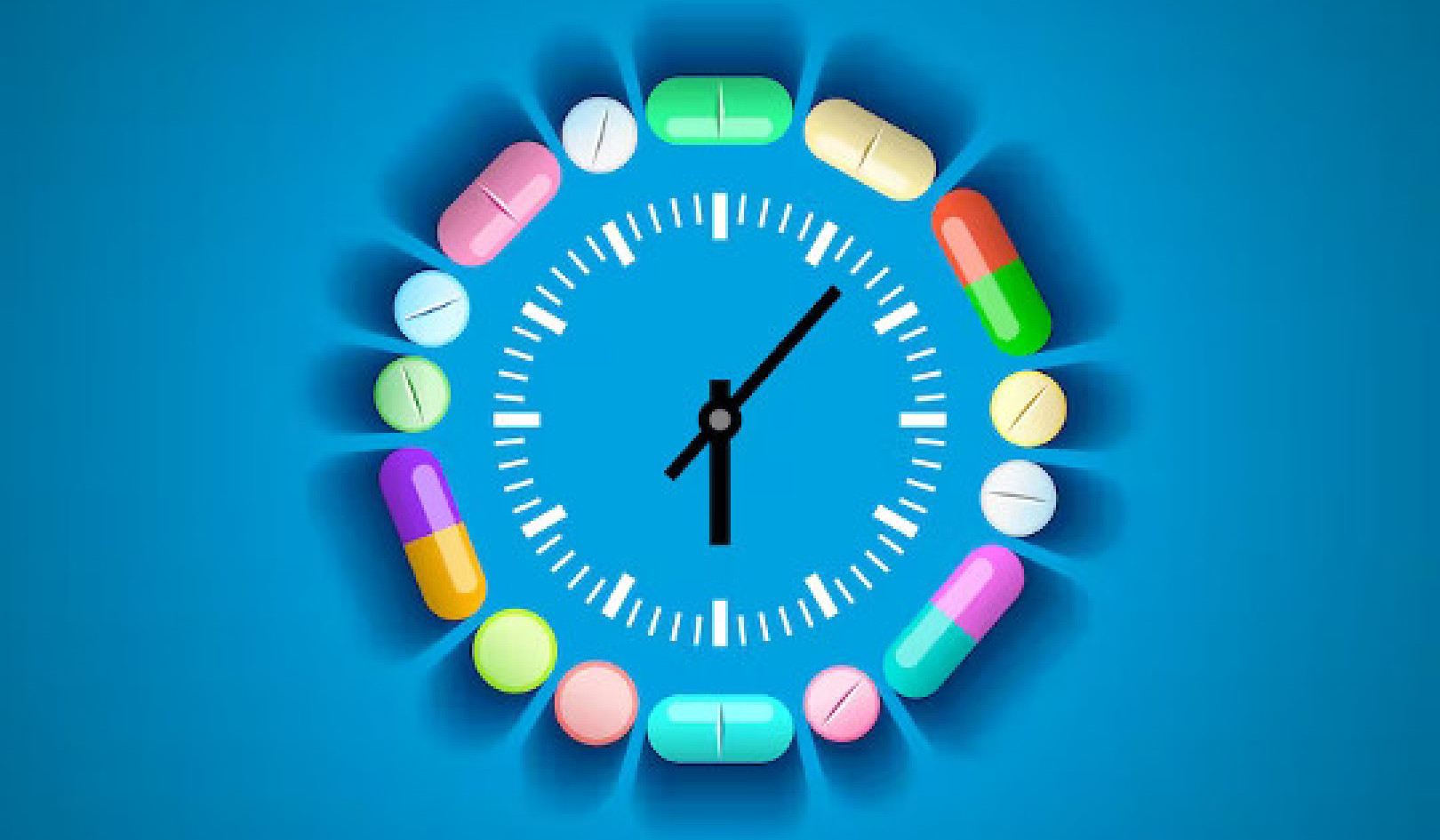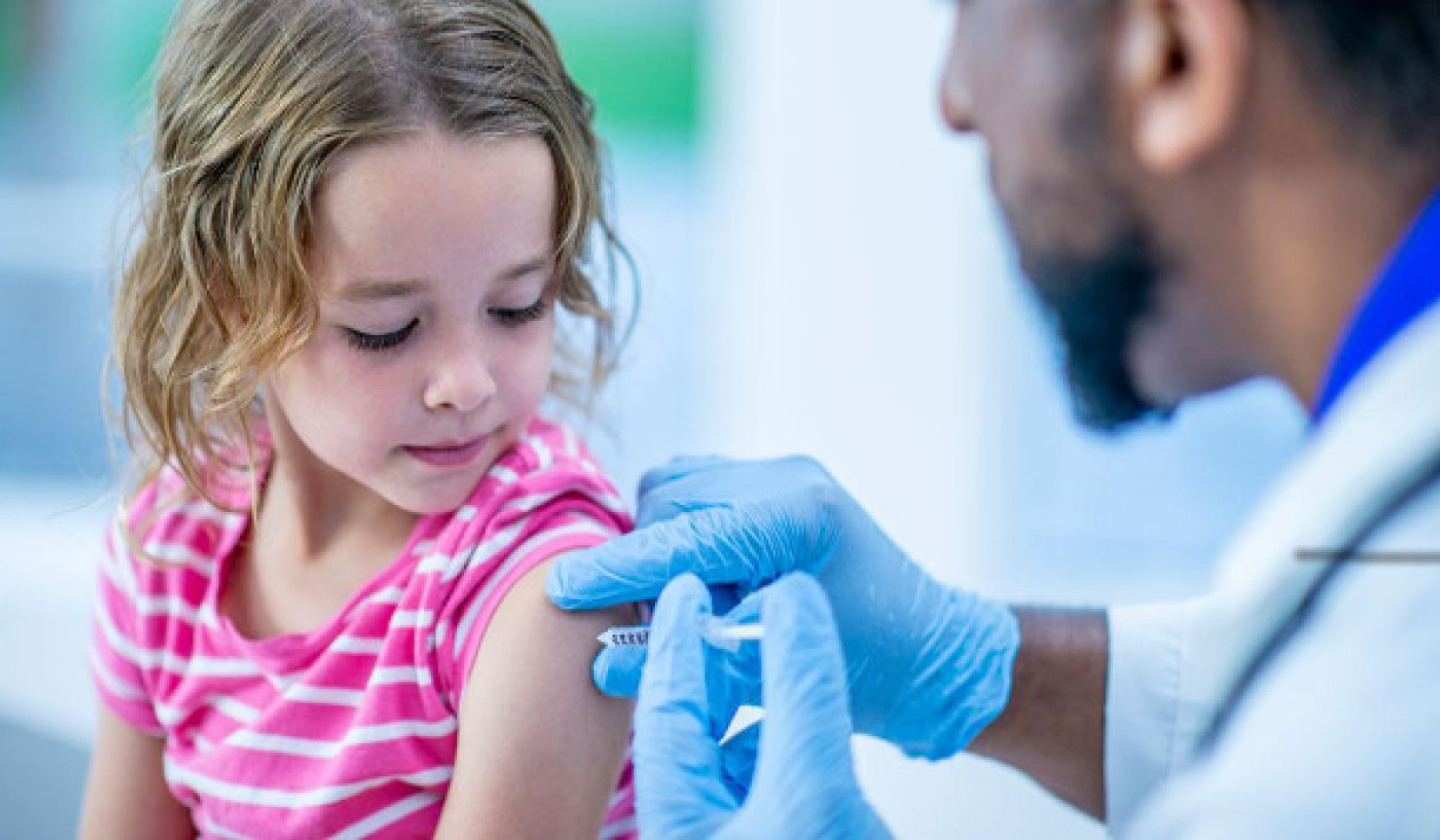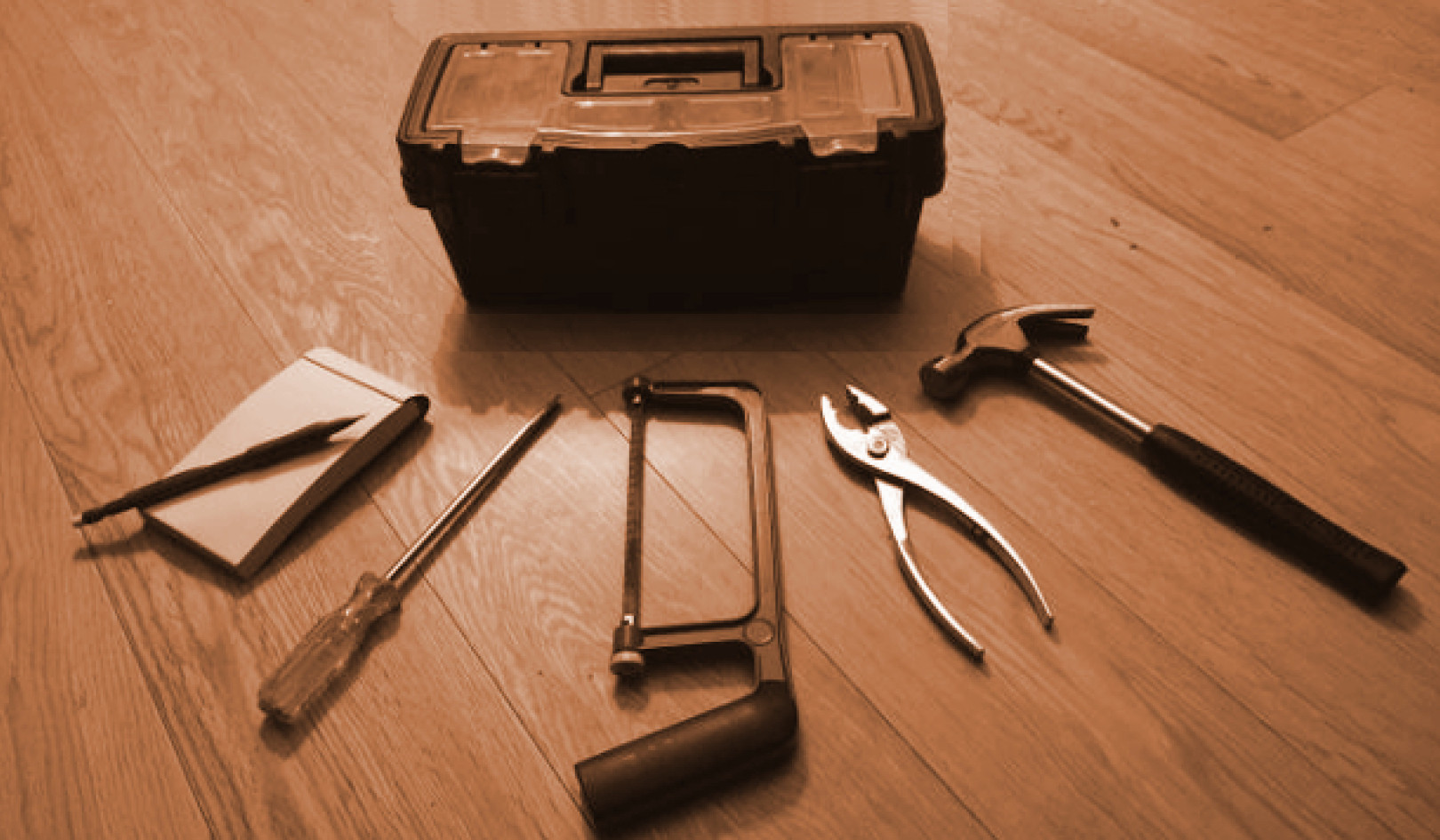"Nothing in our society, with the exception of violence and fear, has been more effective in keeping women in their place than the degradation of the menstrual cycle." -- Christiane Northrup, M.D.
Various cycles and rhythms permeate nature. The rise and fall of the sun, the evolution of the seasons, and the ebb and flow of the tides are mirrored in our bodies: our waking and sleeping cycle; the spring, summer, fall, and autumn of our lives; and the rhythmic flow of our blood. Despite our acceptance of these cycles and rhythms, Western civilization has not granted the same dignity and honor to women's monthly cycle of menstruation. It is generally viewed as a chore, an indignity, or at least something that one should not discuss.
Is it any wonder that the shadow that we helped to create comes back to haunt us?
During a typical menstrual cycle, a woman produces between two and four ounces of blood. A single super-absorbent tampon is able to soak up one or more ounces of fluid, which is usually considerably more than a woman's vagina creates during the time it is inserted. This tampon also soaks up other vaginal secretions that are vital for the healthy function of a woman's reproductive organs, leading to vaginal ulceration, lesions, lacerations, and sometimes infections. This situation not only can result in cases of potentially fatal Toxic Shock Syndrome, it much more frequently leads to immune system disruptions, including autoimmune diseases.
Symptoms of PMS
Approximately 50 percent of all women experience various physical and/or psychological symptoms prior to their menstruation. Some of them experience quite mild symptoms, while others can have reactions dramatic enough to turn Dr. Jekyll into Ms. Hyde.
In the not-too-distant past, physicians commonly believed that the various troubles that women claimed to experience prior to their menstruation were all in their head. It is a relief that physicians finally recognize a physiological component to premenstrual syndrome, although simply recognizing a condition as valid is not enough to cure it.
Some physicians theorize that PMS results from a drop in progesterone, sometimes called the "tranquility hormone". Others think that soaring estrogen levels lead to irritable and anxious states. Still others believe that the body's awareness that conception did not occur depresses women physically and psychologically. Whatever the cause, women commonly experience a variety of symptoms from the biological warfare occurring in their body, including cramps, breast swelling and tenderness, water retention, moodiness, irritability, headaches, backaches, insomnia, fatigue, constipation, complexion problems, and food cravings.
The premenstrual state, however, does offer some positive effects. Many women experience a greater ability to concentrate, more creativity, and more assertiveness during this period. It is a time to clean and organize their home and life. Some women who feel more emotional during this special time cherish these feelings and honor them as an integral part of who they are.
A woman friend celebrates her altered state by wearing some special jewelry during her premenstrual period. This one-minute strategy helps her, her partner, and friends become aware of this more sensitive phase of the month so that Dr. Jekyll and Ms. Hyde are more self-conscious, empathetic, and friendly to each other.
And here are some more strategies.
A low fat diet reduces weight and PMS
Several studies have indicated that women who eat a low-fat diet have less breast swelling and fewer of the other uncomfortable symptoms during their premenstrual period.
Exercise, and leave PMS in the dust
Regular exercise has been found to reduce PMS. Besides increasing the brain's secretion of natural painkilling endorphins, exercise helps to tonify and relax muscles, improve circulation, and reduce water retention.
Avoid the PMS aggravators
The following substances can aggravate PMS: coffee (even the decaffeinated variety), black tea, chocolate, colas, salt, dairy products, fats, and alcohol.
Keep track of yourself
Keep a diary and watch for habits or patterns in your life that seem to aggravate your condition. You may discover that certain foods, stresses, emotional states, birth control pill dosages, or levels of exercise aggravate or ameliorate your symptoms.
Supplementary, my dear Ms. Watson
About two days before you expect to begin your PMS time, take calcium up to 1,500 mg, magnesium up to 1,000 mg, vitamin A up to 10,000 IU, vitamin D up to 400 IU, and B complex (especially B6) with 50-100 mg of the major components. The B vitamins have calming effects on a woman's emotional state, calcium is important for reducing cramps, and several of the other vitamins help the body absorb and make use of it. Remember, do not take large doses of these vitamins all at once; the body is best able to absorb smaller doses taken more frequently, and preferably with meals.
Don't cramp your style
Here are some great herbs to reduce the pain and discomfort of menstrual cramps: black cohosh root, false unicorn root, squaw vine, blessed thistle, lobelia, pennyroyal, and red raspberry. This combination of herbs doesn't taste great, but wouldn't you rather drink something that doesn't taste good than have cramps that don't make you feel good? Drink a couple of cups of this tea throughout the day. A more simplified version of this concoction is black cohosh root and red raspberry. For those who wish to avoid bad-tasting tea, blend these herbs into a powder and encapsulate them. Take one to three caps a day, as needed, and don't drink any caffeinated beverages the same day.
More herbs to de-cramp your style
Chamomile and peppermint are both wonderfully soothing herbs that reduce cramping and improve digestion. Make a tea of one or the other, for they work best when they are not combined.
Yam it up
Wild yam cream contains a natural form of progesterone that some women have found effective in relieving PMS. The cream can be rubbed onto the chest, inner arms, thighs, and abdomen soon after ovulation. Wild yam extract is also useful when ingested in pill form.
A sexy strategy
Have sex. It is uncertain if orgasms have a direct effect on relieving cramps or if they simply take your mind off the pain . . . but who cares as long it works? Don't limit this method to a one-minute strategy.
A dab for the emotions
Homeopathic doses of Pulsatilla and Ignatia are wonderfully effective for the emotional swings of PMS. Pulsatilla 6 or 30 is particularly helpful for the weepy, moody, and self-pitying PMS woman; while Ignatia 6 or 30 is indicated for the irritable, misunderstood, and brooding PMS woman.
Get pregnant
New research indicates that women who have had a child experience less pain during their menstrual cycle than women who have never given birth.
Article Source
The One Minute (or so) Healer
by Dana Ullman, MPH.
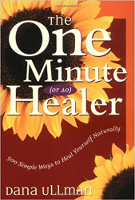 The One-Minute (Or So) Healer, drawing on a wide range of natural healing approaches including nutrition, yoga, homeopathy, massage, relaxation, and even humor, not only gets readers back on their feet, but also provides them with quick and easy ways to do so.
The One-Minute (Or So) Healer, drawing on a wide range of natural healing approaches including nutrition, yoga, homeopathy, massage, relaxation, and even humor, not only gets readers back on their feet, but also provides them with quick and easy ways to do so.
Using a relaxed, humorous style, this guide addresses 31 common health problems along with 500 healing techniques.
Click here for more info or to order the latest edition of this book.
(EDITOR'S NOTE: The remedies presented here have taken from the book: "The One Minute (or so) Healer" by Dan Ullman, MPH. While we present a few suggestions here, the book contains 500 simple ways to heal yourself naturally.)
About the Author
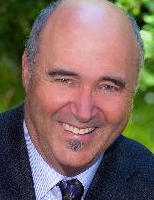 DANA ULLMAN M.P.H. is one of America’s leading advocates for homeopathy. Hehas been certified in classical homeopathy by the leading organization in the U.S. for professional homeopaths. Dana has authored 10 books. He has also created an e-course How to Use a Homeopathic Medicine Kit which integrates 80 short videos (averaging 15 minutes) with his famous ebook, entitled Evidence Based Homeopathic Family Medicine.
DANA ULLMAN M.P.H. is one of America’s leading advocates for homeopathy. Hehas been certified in classical homeopathy by the leading organization in the U.S. for professional homeopaths. Dana has authored 10 books. He has also created an e-course How to Use a Homeopathic Medicine Kit which integrates 80 short videos (averaging 15 minutes) with his famous ebook, entitled Evidence Based Homeopathic Family Medicine.
He is the founder of Homeopathic Educational Services which is America’s leading resource center for homeopathic books, tapes, medicines, software, and correspondence courses. Homeopathic Educational Services has co-published over 35 books on homeopathy. For more about Dana Ullman, visit https://homeopathic.com/about/


